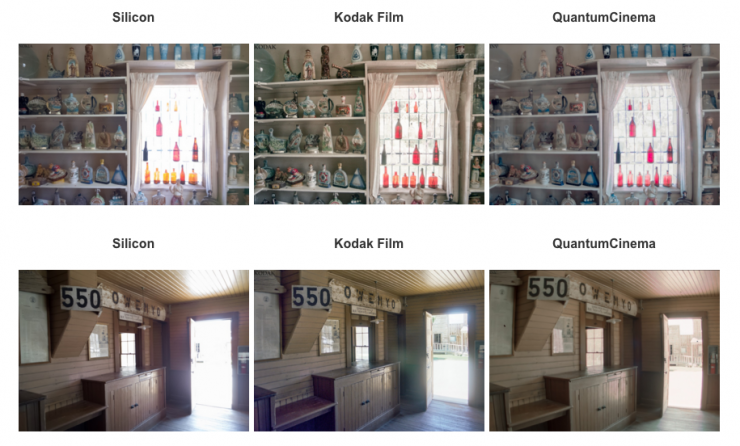October 28, 2015 weblog
QuantumFilm-based image sensors to put cameras in new light

InVisage is a camera sensor company. They believe in making cameras smaller, faster and with higher resolution. They are out to make a difference.
The industry, they said, has been using the same traditional silicon image sensor without any fundamental changes. They on the other hand have pioneered a way of capturing light.
Founder and CTO Ted Sargent used his research in nanotechnology at the University of Toronto to create QuantumFilm, a quantum dot coating described as extremely light sensitive.
Sargent as guest contributor in Sensors Online last year spelled out what the company achieved:
InVisage's QuantumFilm "enhances the ability of devices to take quality photos despite a low-light environment." It succeeds where traditional CMOS image sensors struggle because "CMOS sensors use silicon for a dual function: both electronic read-out and light sensing, creating limits on light-absorption capabilities. QuantumFilm replaces the light sensing role of the silicon photodiode, with maximal light sensitivity across the spectral range."
He said the semiconductor material was designed specifically for the purpose of maximum light absorption. "With QuantumFilm, the entire area of the imaging array is now covered in a material dedicated to light sensing."
Michael Zhang in PetaPixel: "The technology is similar to photochemical film in that the sensor has a non-linear response to light, allowing it to capture details in areas that traditional CMOS sensors would get blown out in."
As for video, an electronic global shutter captures frames with no distortions. Zhang said the electronic global shutter mode does away with the rolling shutter effect that "plagues today's smartphones.''
Nick Gray said in Android and Me: "Almost every flagship smartphone can record decent video these days, but even the best of the best suffer from rolling shutter issues, and we've all spotted completely blown out areas if there's any direct sunlight in the frame. InVisage is planning on changing all of that with its new HDR sensor."
Recently, the company announced its "Prix", a brief film shot entirely with InVisage's QuantumFilm smartphone camera sensor. Viewers can see "the camera in a whole new light," said the team, as it captures details in low and bright light conditions. Associate Editor Steve Dent of Engadget on Monday said that InVisage "filmed in challenging, bright sunlight conditions to test the dynamic range, and shot fast moving subjects (RC race cars) to show off the global shutter."
Dent said the resulting footage was "surprisingly cinematic, considering that the sensor is smartphone sized." Dent also said it was "a bit soft, which the company chalked up to the sensor being an early prototype."
No Film School, a website for filmmakers, video producers, and other creatives, said, "Keep in mind that this was shot with a smartphone-sized sensor and is an early version of the technology."
Still, Robert Hardy in No Film School said, "the work InVisage is doing seems like a great step forward in sensor technology, because it solves the problem of sacrificing performance in favor of pixel density and higher resolution."
There may not be a guarantee that your next smartphone will feature an InVisage sensor, said Nick Gray, "but it's encouraging to see that the video quality on our smartphones could get a lot better in the future."
Engadget's Dent remarked that "if it can be refined further—perhaps by a sensor company like Sony—it could result in strikingly better smartphone and camera images in the not-too-distant future."
© 2015 Tech Xplore





















